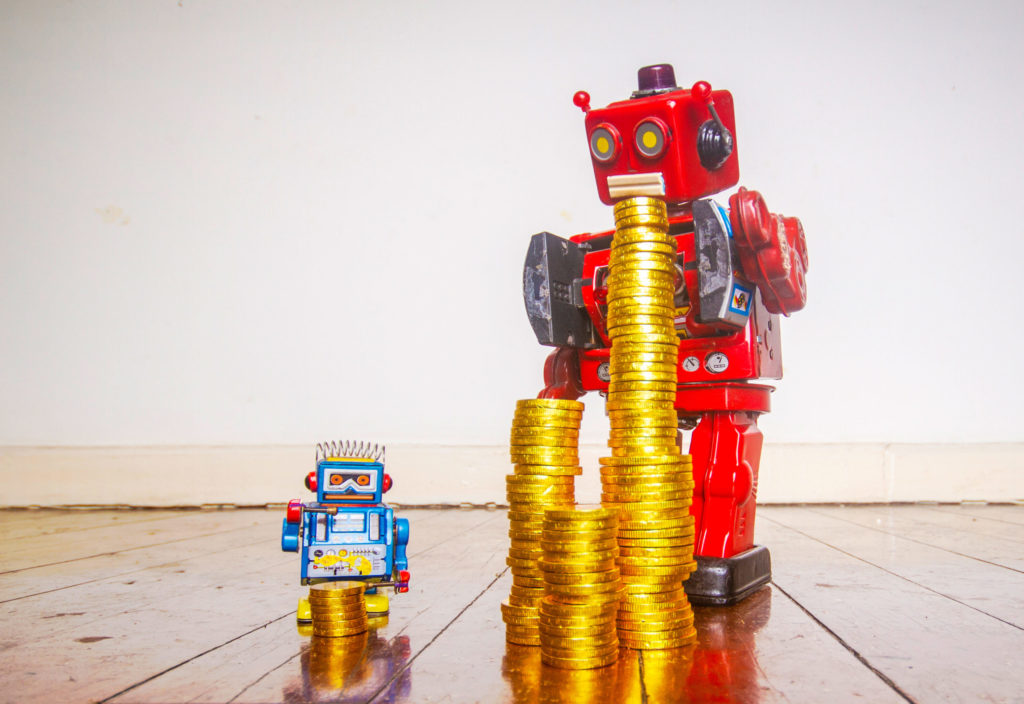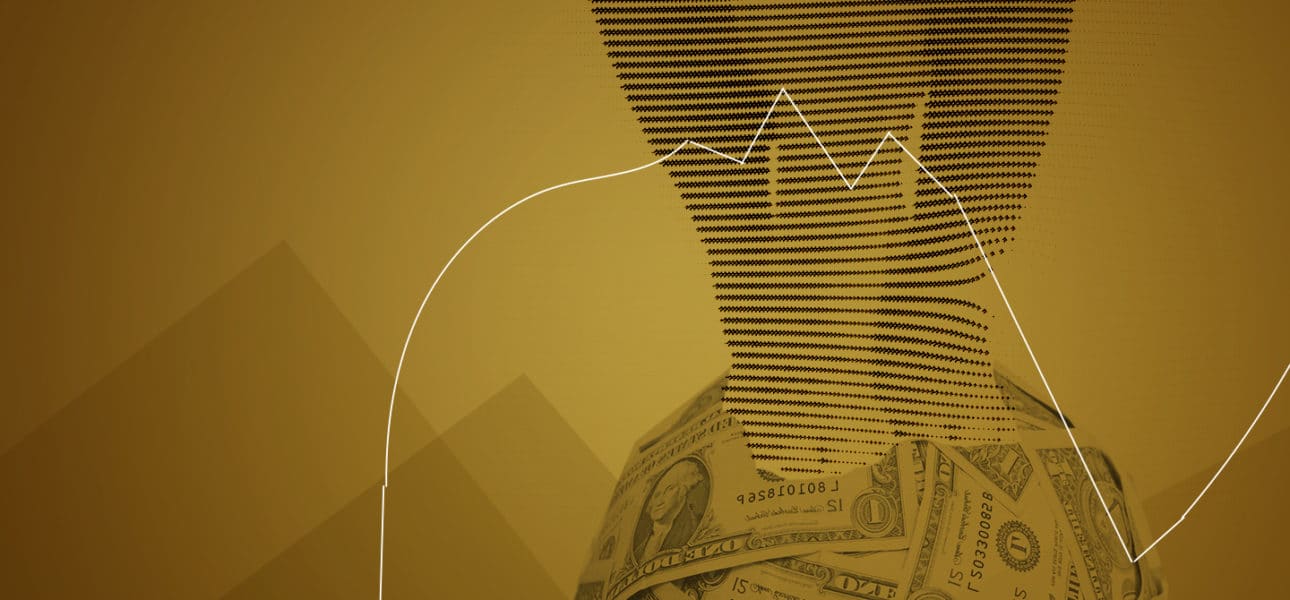The ‘social question’ of economic and social inequality and poverty emerged with the Industrial Revolution. It remained at the centre of debates for more than a century, inspiring radical thinking but also providing solutions that drove the evolution of capitalism. Two very different economic events have seen it take a back seat.
The reasons for the eclipse
The first is the Keynesian transformation of the economy in the wake of the 1929 crisis. Redistribution and inclusive growth led to a vast movement to reduce economic and social inequality in developed economies and to create a middle class. The second event followed the economic crises of the 1970s, which was seen as the exhaustion of the Keynesian model. The major issue then became growth, and there was an assumption that inequalities would increase in order to promote it. Moreover, globalisation led to the West having access to an unprecedented range of cheap products.
The question of economic inequality was then filtered through that of discrimination: in the Keynesian world, as in the ‘Reaganite’ world that followed it in the 1980s, the clearest divide was not between rich and poor, but between the vast majority of the middle classes and the minorities who struggled to integrate them. Positive discrimination is one of the responses to these ‘societal’ inequalities, which have a higher impact depending on skin colour or ethnic origins.
It was after the 2008 crisis that the issue of economic inequality returned to the forefront, and with it the crisis of the middle classes.
Piketty’s capital and Milanovic’s elephant
In April 2014, a 900-page economics book topped the sales charts on Amazon. Thomas Piketty’s Capital in the Twenty-First Century captured the spirit of the times, providing a theoretical basis for the Occupy Wall Street movement’s critique of the “1%”.
Under the deluge of data, his argument was simple: “as soon as the rate of return on capital exceeds the rate of growth of production and income – which was the case until the 19th Century and is likely to become the norm again in the 21st Century – then capitalism mechanically produces unsustainable, arbitrary inequalities, radically calling into question the meritocratic values on which our democratic societies are based.”
Two years earlier, another economist caused a stir by summarising the economic fate of global society in a single graph. Branko Milanovic presented on the horizontal scale (abscissa) the distribution of the Earth’s inhabitants according to their income (the poorest on the left, the richest on the right), and on the vertical scale (ordinate) the progression of income between 1988 and 2008. The result was an elephantine curve, suggesting that globalisation has benefited the poorest Asian countries and the richest Westerners at the expense of the working and middle classes in rich countries.
This work has had an impact on public debate, also giving rise to numerous academic works. In politics, it has been used to explain the rise of populism and the success, for example, of Donald Trump. In economics, Piketty’s work has brought issues such as wealth taxation and redistribution to the forefront.
In recent years, the phenomena described by Piketty have gained momentum. One of the effects of the massive creation of money by central banks after the 2008 crisis was spectacular inflation in certain markets, notably financial assets, and real estate: hence the rapid increase in value of the largest fortunes. The pandemic itself has accelerated this trend: Capgemini’s World Wealth Report 2021, for example, looked at the ‘High Net Worth Individuals’ (HNWI), the 20 million or so people in the world who own wealth of more than one million dollars, excluding their main residence. By 2008, the number of HNWIs had fallen by 13% and their wealth by almost 20%. Now, after a year of health crisis, not only are there more millionaires (+6.3%) in the world, but their wealth is rapidly increasing, growing by 7.6% – almost two percentage points more than in the 2013–2019 period.
The theme of inequality has also been linked to the climate crisis. According to the Global Inequality Lab 2022 report (Paris School of Economics) published in December 20211, the richest 10% of the world’s population accounted for almost half of all carbon dioxide emissions in 2019 (47.6%).
Nonetheless, there are also critics. Daniel Waldenström highlights the differences between the American and European trajectories, pointing out that with modern pension systems we are all potential rentiers, even if we do not have capital to our name.

Immobility and social mobility
OECD economists, for their part, draw attention to the need to distinguish between income inequality before and after redistribution, pointing out that most developed countries have implemented progressive taxation that produces powerful equalising effects. But they add in the 2018 report Equity in Education: Breaking down barriers to social mobility2, in some highly redistributive countries such as France, the real problem of inequality lies in social reproduction and inequalities at birth, which can appear particularly unfair.
The problem is that while public policies can partly remedy these inequalities, by investing in education for example, some of these efforts are cancelled out by the much greater financial and personal investments of the upper classes, and in particular of the overeducated elite that has come to be known as “the aspirational class”. The sociologist Elizabeth Currid-Halkett shows in The Sum of Small Things: A Theory of the Aspirational Class (Princeton University Press, 2017) that while the share of spending on education increased by 60% for all Americans between 1996 and 2014, it increased by 300% for the richest. But more importantly, she adds, highly educated parents now spend a considerable amount of time on education. “Parents from privileged backgrounds are devoting more and more time to their offspring, in particular by encouraging children to express themselves so that they can develop their independence, sharpen their argumentation skills, enrich their vocabulary and test their social skills.” In this way, elites develop in a vacuum.
Symmetrically, many sociological studies point to the tendency of inequalities to accumulate and worsen. The Covid crisis would have further reinforced these effects, as Yann Coatanlem and Antonio de Lecea note in their contribution to this dossier.
This is how the contemporary vision of economic and social inequalities is defined. Our societies accept economic inequalities, which they are also trying to correct, with some success. But while they are founded on the explicit promise of an equality of possibilities, they are threatened by an immobilisation of social destinies.
This is the paradox of our time: the inequalities that worry us are conceived and lived under the sign of personal dynamics and the mobility of individuals. But these dynamics build up to form a polarised and immobile, two-speed society.







